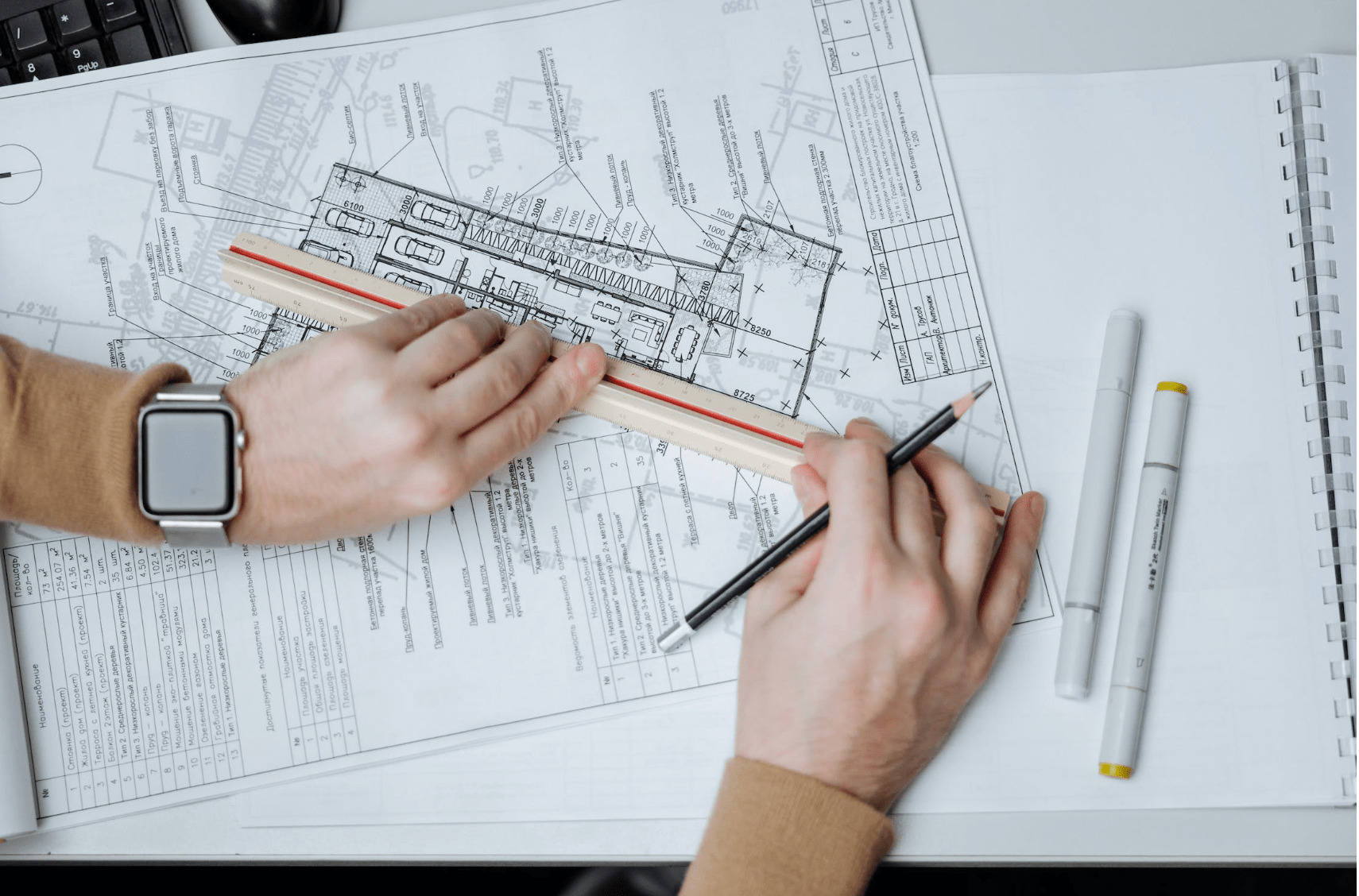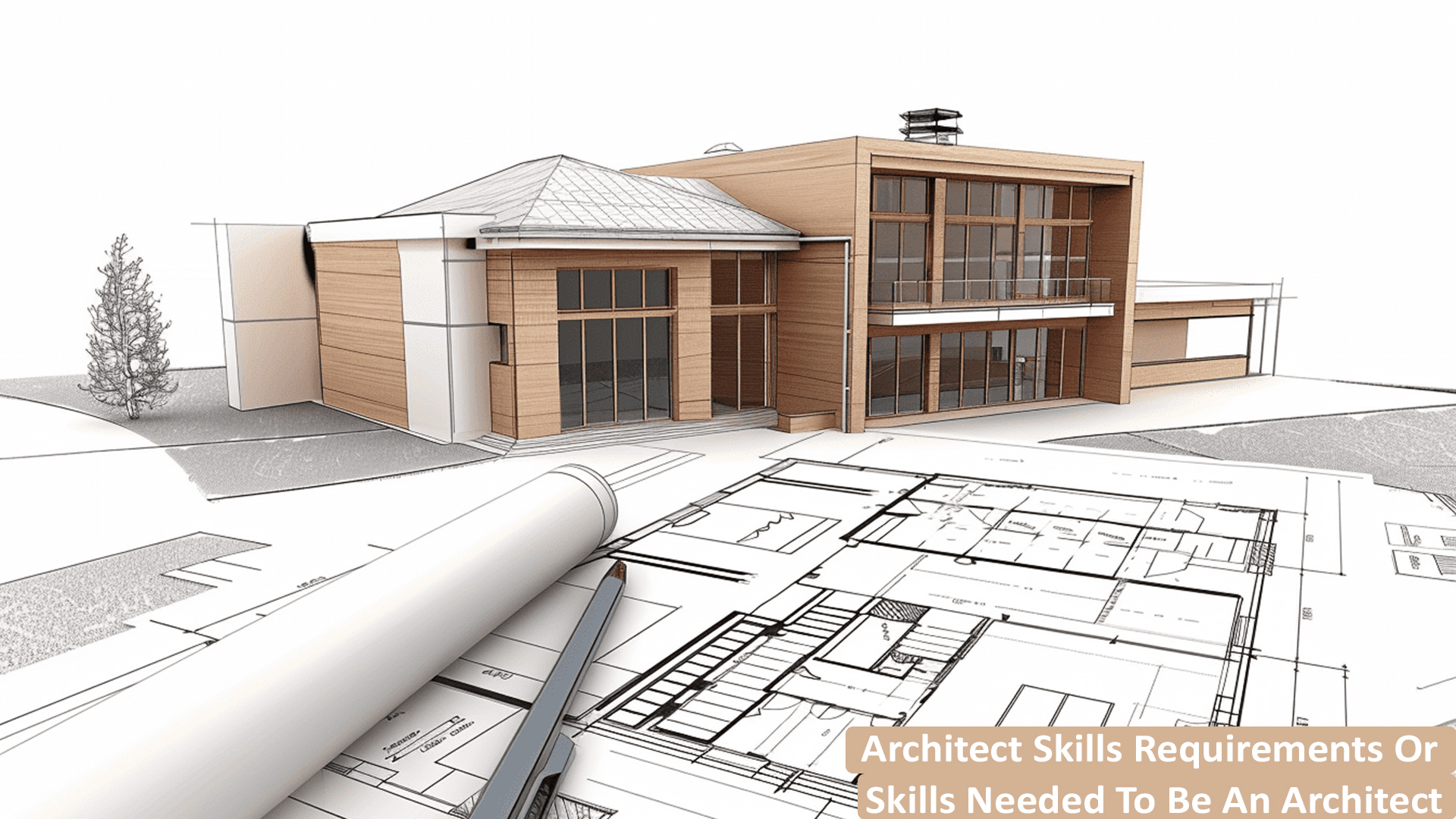Recognizing the Diverse Profession Paths Available for Aspiring Architect
As a hopeful Architect, you have a world of job paths waiting for you. Each course offers special difficulties and opportunities to use your creativity and technical expertise. Whether you're drawn to standard style or the nuances of lasting layout, there's a particular niche that aligns with your rate of interests. Recognizing these diverse choices can form your specialist journey, however which instructions will you choose to check out initially?
Standard Style: Designing Structures and Frameworks
Standard style concentrates on designing buildings and structures that blend performance with visual charm. As you discover this area, you'll value the detailed equilibrium in between kind and purpose. You'll learn to attract inspiration from historic designs, incorporating elements like symmetry, materials, and craftsmanship. Your designs can reflect social heritage, showcasing local practices while meeting modern needs.
You'll establish abilities in composing, model-making, and website evaluation, permitting you to imagine and connect your ideas efficiently. Engaging with clients, you'll need to comprehend their vision and translate it into viable layouts.
Moreover, developing codes and sustainability practices are vital in your work, ensuring your structures are environmentally pleasant and risk-free. As you grow in your job, you'll discover opportunities in property, business, and even remediation tasks, each offering special difficulties. Embracing standard architecture leads the way for a fulfilling occupation that pays homage to the past while forming the future.
Urban Preparation: Forming Neighborhoods and Public Spaces
As an aspiring Architect, you can play an important role as a city organizer, transforming just how communities operate and communicate. By using community engagement methods, you'll guarantee that citizens have a voice fit their atmosphere. And also, incorporating sustainable layout principles will aid create areas that not just meet today's requirements yet also secure the future.
Duty of Urban Planners
While several may believe of engineers as the sole enthusiasts behind structures, urban organizers play an essential role in forming the wider landscape of areas and public areas. By working together with various stakeholders, you'll aid design parks, transport systems, and residential locations that advertise social communication and ease of access. Your proficiency in spatial layout and area characteristics allows you to imagine future growth while maintaining cultural heritage.
Community Interaction Strategies
Reliable neighborhood engagement strategies are important for city coordinators to assure that the voices of homeowners are heard and valued in the preparation procedure. To foster significant dialogue, you ought to focus on open online forums and workshops where area members can reveal their concepts and concerns. Usage surveys and social media sites to get to a broader target market, guaranteeing varied perspectives are consisted of. Working together with local organizations can boost trust fund and promote deeper links. It is necessary to give clear info regarding suggested projects and decision-making processes, enabling locals to really feel enlightened and equipped. By actively incorporating and paying attention responses, you'll develop spaces that show the community's requirements, inevitably causing even more sustainable and successful metropolitan settings. Welcome transparency and constant discussion for lasting impact.
Sustainable Design Principles
When making urban spaces, incorporating lasting layout concepts is vital for producing atmospheres that flourish both ecologically and socially. You need to begin by concentrating on energy efficiency, making use of products that minimize waste and promote recycling. Consider integrating environment-friendly rooms, like parks and yards, to improve biodiversity and improve air top quality. Advertising walkability and public transportation can reduce reliance on automobiles, promoting a much healthier area.
Designing with water conservation in mind is likewise key-- think of rainfall yards and permeable surface areas to handle stormwater. Involving neighborhood members during the planning procedure assurances that the areas you create fulfill their needs and urge social interaction. By welcoming these principles, you'll add to dynamic, lasting urban landscapes that benefit every person.

Landscape Architecture: Developing Lasting Outside Atmospheres
As you explore landscape style, you'll find essential design principles that produce gorgeous and practical outside spaces. Lasting techniques play an essential function in ensuring these atmospheres grow while decreasing environmental influence. Plus, you'll find a range of profession possibilities that allow you to make an actual difference in just how people connect with nature.
Style Concepts in Landscape
Comprehending style principles in landscape architecture is necessary for developing lasting outside atmospheres that balance with nature. You'll need to consider aspects like range, equilibrium, and percentage to assure your styles really feel natural and welcoming. Additionally, pay focus to seasonal modifications, making with products that match the surroundings year-round.
Lasting Practices Review
Sustainable methods in landscape style not just the original source focus on visual appeals yet additionally focus on ecological health and resource preservation. You can make spaces that promote soil health and wellness, such as making use of natural materials and practicing permaculture concepts. Inevitably, these techniques guarantee your designs benefit both people and the atmosphere for years to come.
Job Opportunities Exploration
With a strong structure in lasting practices, landscape style uses a variety of job courses that allow you to make a purposeful influence on the setting. Urban coordinators commonly collaborate with landscape engineers to produce green areas in urban setups, enhancing city livability. If you're enthusiastic about education and learning, think about becoming a landscape design educator, inspiring future generations.
Lasting Style: Concentrating On Eco-Friendly Practices
As you explore your job in design, welcoming environment-friendly practices can set you apart in an affordable field. Lasting layout focuses on developing buildings that reduce ecological impact while improving owner well-being. By including eco-friendly products, energy-efficient systems, and sustainable structure strategies, you'll add to a greener future.
Begin by obtaining knowledge of eco-friendly qualifications like LEED or BREEAM, which can reinforce your credentials. Take into consideration how natural light, ventilation, and thermal effectiveness can maximize layout. Collaborate with engineers and environmental experts to introduce solutions that decrease waste and save sources.
Do not neglect the importance of community involvement-- appealing regional stakeholders can influence styles that balance with the setting. As customers significantly focus on sustainability, your proficiency in environmentally friendly methods will not only bring in tasks yet likewise accomplish your passion for responsible architecture. Welcome this crucial aspect of the profession, and watch your career prosper.
Historical Conservation: Securing and Bring Back Cultural Heritage
While you begin on your architectural trip, take into consideration the crucial duty of historical preservation in maintaining our cultural heritage. This area concentrates on the security and remediation of considerable buildings, sites, and frameworks that inform the stories of our past. By engaging in historical conservation, you'll help safeguard the building tradition that shapes area identification.
As a historical conservation Architect, you'll examine historic importance and evaluate the condition of structures. You'll work closely with preservationists and historians to assure authentic reconstruction methods are employed. This occupation course enables you to mix imagination with study, enabling you to make services that value original materials and workmanship.
Your work not only adds to sustainability by reusing existing structures but likewise cultivates a sense of satisfaction within areas. Embracing this course will certainly help you come to be a guardian of background, protecting the tales and aesthetic appeals that improve our lives.
Interior Style: Enhancing Indoor Spaces
Historic preservation and interior style both share a dedication to enhancing the developed setting, but they focus on various facets. While historical preservation highlights preserving a framework's historical and cultural value, indoor style absolutely nos in on optimizing indoor areas for performance and visual appeals.
As a hopeful Architect, you'll find that interior design permits you to mix creativity with technical abilities. You'll create rooms that not just look great however likewise advertise convenience and performance. This area involves recognizing just how light, shade, and products interact within a space, impacting mood and functionality.
You'll work on various tasks, from residential homes to industrial offices, guaranteeing that each environment meets the needs of its occupants. By prioritizing customer experience, you can change insides into inspiring and practical spaces, making a significant influence on how individuals engage with their environments. Accept the opportunity to boost interior atmospheres and shape the way individuals work and live.
Industrial Layout: Combining Performance With Aesthetic Appeals
Industrial design plays an essential duty in go to this site developing products that seamlessly mix looks with functionality, ensuring that what you make use of everyday is not just aesthetically appealing yet likewise practical. As an ambitious Architect, you can engage on your own in this field, focusing on creating everything from furnishings to consumer electronic devices. Your work entails comprehending customer requirements, products, and producing procedures, enabling you to create ingenious solutions that improve everyday experiences.
In navigate to this website industrial design, you'll commonly collaborate with producers, designers, and marketers, guaranteeing that your styles are not just gorgeous yet also possible. You'll find out to stabilize form and function, prioritizing functionality without giving up design. By developing your skills in mapping out, 3D modeling, and prototyping, you'll be well-appointed to bring your concepts to life. This career path uses a vibrant setting where creativity meets functionality, making it a fulfilling selection for engineers interested in shaping the products of tomorrow.
Often Asked Questions
What Educational Certifications Do I Required to End Up Being an Architect?
To come to be a designer, you'll need a specialist degree in architecture, typically a Bachelor's or Master's. In addition, you'll have to finish an internship and pass the Architect Enrollment Evaluation to exercise lawfully.
Are There Qualification Demands for Various Building Career Paths?
Yes, there're qualification requirements for numerous building paths. Architect. You'll require to pass exams, total internships, and occasionally seek specialized training, depending upon your selected emphasis, like landscape design, metropolitan design, or historical preservation
What Software Application Skills Are Crucial for Engineers Today?

How Can I Gain Practical Experience While Researching Design?
You can gain sensible experience by interning at architectural companies, joining design competitors, offering for neighborhood projects, or working together with schoolmates on real-world tasks. These opportunities improve your abilities and develop beneficial connections in the industry.
What Task Opportunities Exist Outside Traditional Architecture Firms?
You can discover various job possibilities outside conventional style firms, like metropolitan preparation, interior decoration, landscape style, building monitoring, property advancement, and even roles in sustainability consulting. Each offers special challenges and rewards.
Whether you're attracted to typical architecture or the nuances of lasting design, there's a particular niche that aligns with your interests.When creating city spaces, incorporating sustainable style concepts is crucial for producing atmospheres that grow both environmentally and socially.As you explore landscape architecture, you'll find necessary layout concepts that develop gorgeous and practical exterior rooms.Recognizing layout concepts in landscape style is necessary for developing lasting outdoor atmospheres that balance with nature.In commercial style, you'll usually team up with producers, online marketers, and engineers, ensuring that your designs are not just lovely however likewise feasible.